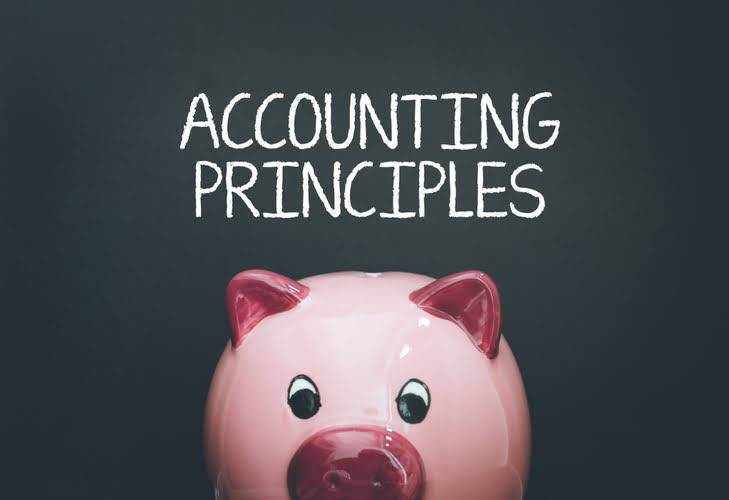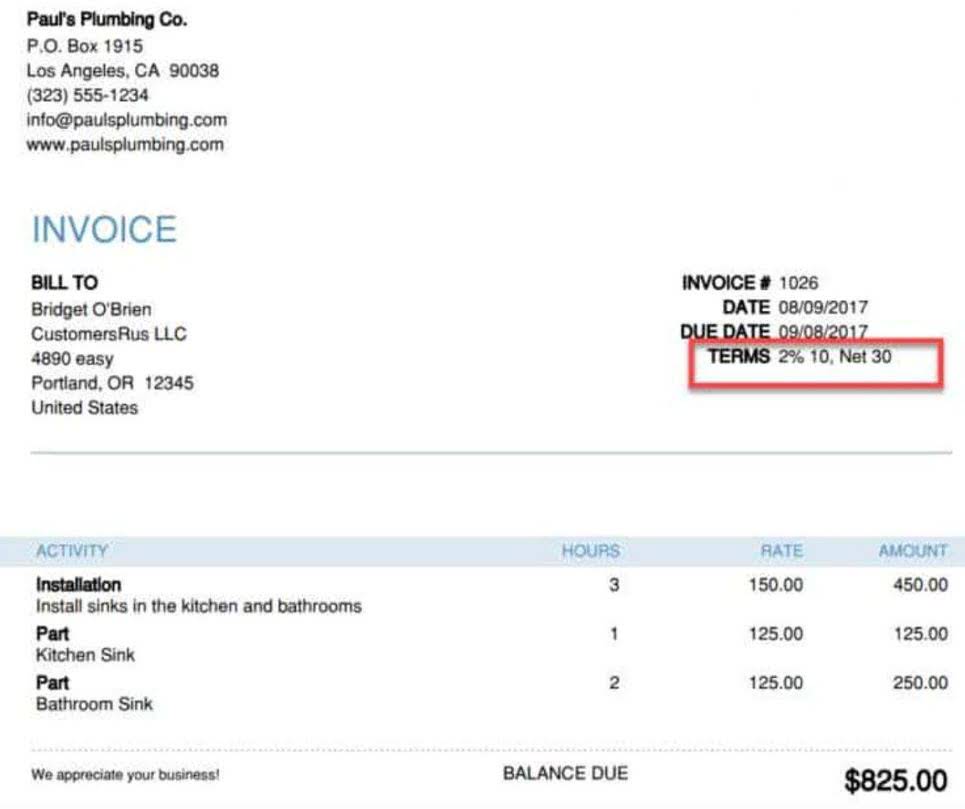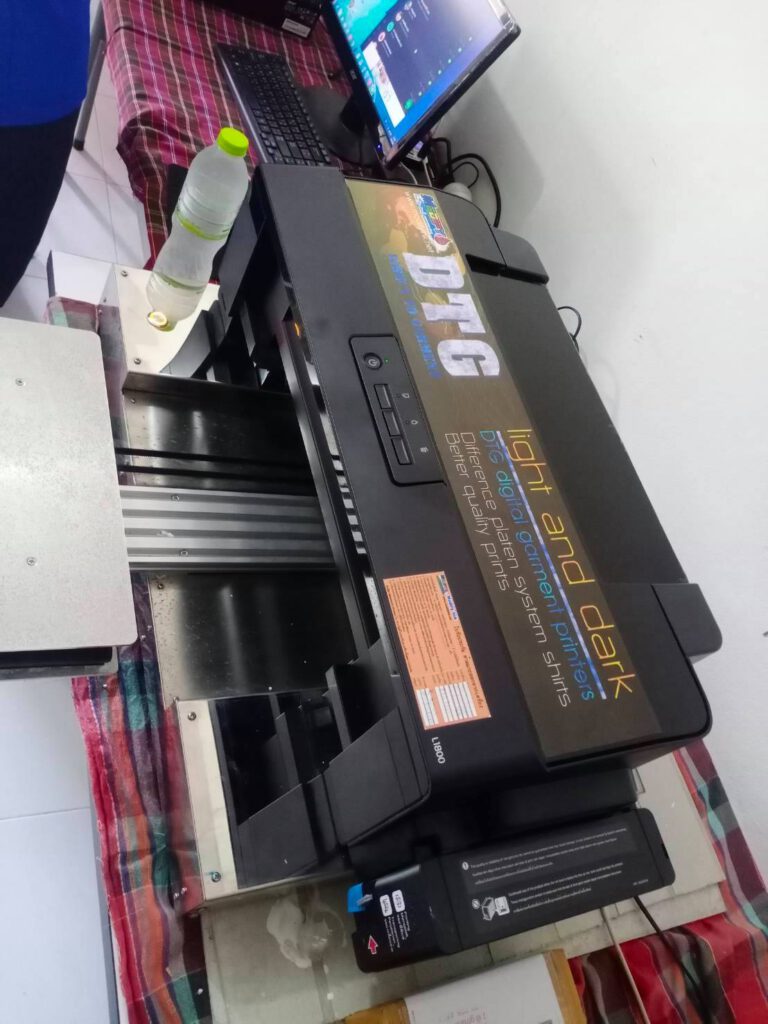
The square footage allocation example we used above is one common example of functional expense functional vs natural expenses allocation. Organizations should consider reformatting their internal financial statements to comply with the two net asset classifications, which is not a significant change. However, these two net asset classes are required at a minimum; further disaggregation of net assets can be disclosed in the footnotes. Net assets with time or purpose restrictions could be segregated from those held in perpetuity (such as an endowment) if this is beneficial to the users of the financial statements. Each of these categories represents the “nature” of the expense — what the money was actually spent on. The advantage of using this method is that it provides a straightforward view of the types of costs a company incurs.
The Classes You Need in QuickBooks
In the single-step income statement, instead of calculating Gross Profit and Net Profit, all expenses are subtracted from the revenues of the business directly to reach the Net Profit of the business. Presenting expenses by their nature eliminates any judgement on the management’s part. In functional presentation, expenses that are not attributable to a specific function are split and apportioned based on the judgement of the management. When it comes to grouping together expenses, there are two methods to choose from for businesses. Businesses may choose to group together their expenses in the Income Statement either by the nature of the expense or the function of the expenses. Program – the activities that result in goods and services being distributed to beneficiaries, customers, or members that fulfill the purposes or mission for which the NFP exists.
What Is Functional Expense Allocation?
- This approach can be useful from the perspective of the department manager, who can see all of the expenses for which he or she is responsible in one place.
- It also includes the nonprofit’s net assets, which demonstrates the overall value of the organization, similar to the equity reported by businesses.
- Natural classification relates to the economic benefits obtained from incurring these expenses.
- Functional expense reporting builds trust and ensures compliance by demonstrating how your nonprofit allocates resources.
- Presenting this information as supplementary information doesn’t meet the requirements of the standard.
- Program Services consist of costs incurred that directly relate to the execution and delivery of your mission.
Those services are the major purpose for and the major output of the NFP and often relate to several income statement major programs. Baker Tilly US, LLP and Moss Adams LLP are licensed CPA firms that provide assurance services to their clients. Baker Tilly Advisory Group, LP and its subsidiary entities provide tax and consulting services to their clients and are not licensed CPA firms.
- Nonprofits must learn how to record functional expenses correctly to ensure compliance with federal regulations.
- Organizations should consider reformatting their internal financial statements to comply with the two net asset classifications, which is not a significant change.
- The financial statement that gives the main information about the performance of the business is the Income Statement.
- This guide will demystify the statement of functional expenses—what it is, why it matters, and how to prepare it accurately—so you can stay compliant, boost transparency, and confidently manage your nonprofit’s finances.
- Maximize your nonprofit’s potential by maintaining accurate records with the use of Financial Edge NXT accounting software.
Services

Fundraising or sometimes referred to as development or advancement is a function of the supporting activities that can sometimes be overlooked by organizations and generally only thought to be a component of holding events. Fundraising activities also involve courting or seeking potential donors to contribute to the organization through donation of funds, in-kind support, or time. These activities can be accomplished through public or private fundraisers, capital campaigns, special events, distributions, time spent with potential donors, costs of solicitation, or a myriad of other activities. Examples of these costs are development staff and executive director time including benefits, cost of printing, postage etc. related to invitations or direct mailings and the total costs of events or outreach activities.
- The classifications include programs, management and general, and collection of funds.
- This technique is especially useful for grants which may be spent in more than one functional area.
- Each of the general functional expense categories can be further broken down to specific subgroups that more clearly classify the nature of the organization’s expenses.
- Doing so provides greater insight to prospective donors and other readers of the financial statements as to how the organization is using its resources.
- This requirement ensures that stakeholders such as donors, grantors, regulators, and the general public can better evaluate how resources are used to fulfill an organization’s mission.
- As gifts and grants are spent on the restricted purpose, the restriction is released and the revenue can be transferred via journal entry from the Temp Restricted class to the class for the program or function that used the funds.
Nonprofit statement of functional expenses examples

Join our Blackbaud nonprofit financial software training team at Capital Business Solutions as we explore the must-know information for creating a statement of functional expenses as a charitable organization. Therefore, information technology costs generally would be allocated among the functions receiving direct benefit. Because nonprofit accounting is all that we do, we have established policies for handling nonprofit-specific tasks– like functional expense reporting, fund accounting, grant tracking and more. Effective financial management is the backbone of a thriving nonprofit, ensuring stability, transparency, and informed decision-making. Our free courses provide in-depth knowledge on key accounting principles, budgeting strategies, and reporting requirements to help your organization thrive. Organizations should take the opportunity to revisit their existing functional allocation methodologies and substantiate assumptions used.

The expenses in Income Statement can be presented by their nature or their function. Unlike functional representation, the natural presentation of expenses does not require expenses to be allocated and apportioned between different functions. Each of the key financial statements of business gives different information about the business. The Balance Sheet of the Business shows the financial position of a business at any time. The methodology used for allocating expenses across functions should be disclosed in the notes to your financial statements.

- Always noting the true purpose of this report is to provide insight and transparency into the organization.
- However, in some European countries such as France, it is common to present expenses in the Income Statement of business by their nature.
- These include the historical factors of the business, industrial factors of the industry the business operates in, and the nature of the business itself.
- Nonprofit organizations have several options regarding how they allocate expenses in a functional expense reporting system.
- We understand allocating expenses can sometimes be challenging but remember these are best estimates.
- The Income Statement is used by the owners and any other stakeholders of the business to determine whether the business is profitable or not.
Administrators reviewing and Online Bookkeeping approving these reports can always update the selected functional and natural expense categories if they see a selection made in error. Nonprofit organizations have several options regarding how they allocate expenses in a functional expense reporting system. They may be able to charge expenses directly to certain categories, or they might need to divide expenses among different categories.



























